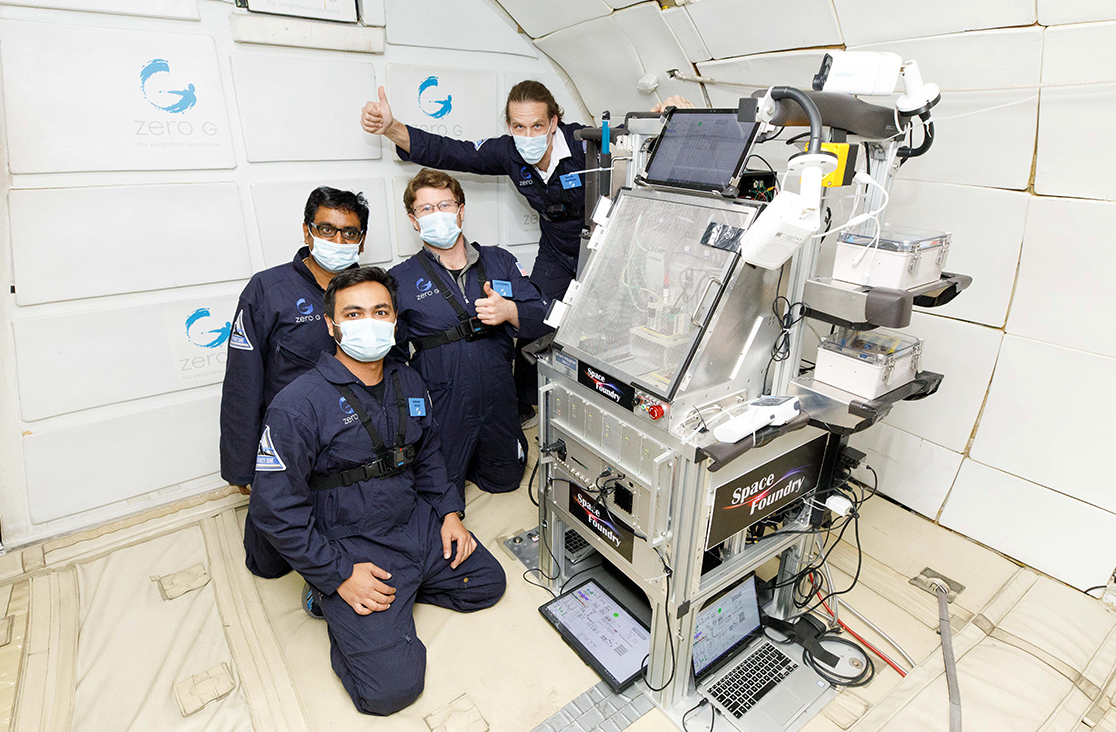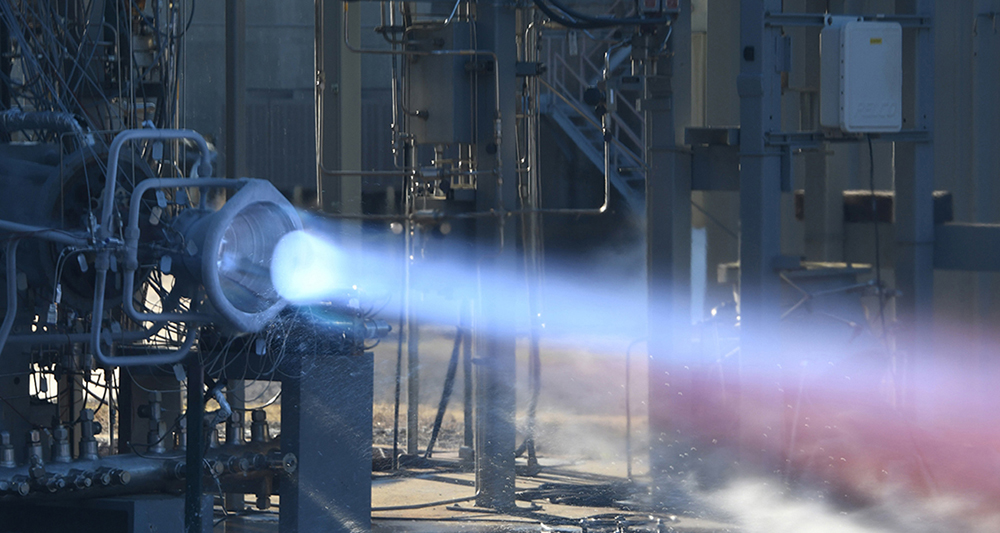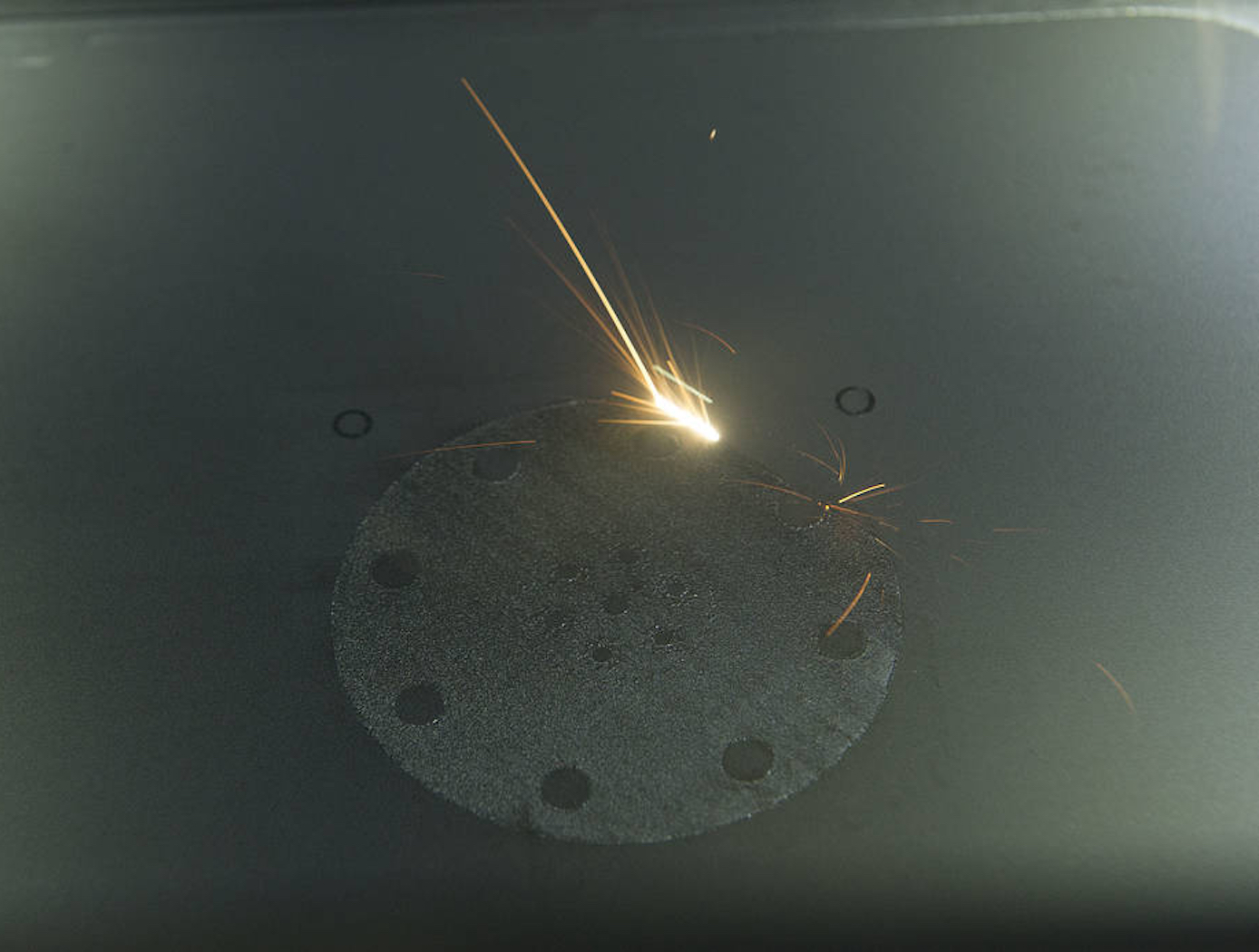Over the last four decades, NASA has produced more than 2,000 innovative technologies that have become commercial products for life on Earth. These include notable spinoffs like memory foam, baby formula, and even the dust buster. Many of these developments have also helped transform the 3D printing industry with technologies derived from NASA centers, like a 3D printer that can produce electronic devices on-demand (Electronic Alchemy’s eForge) or a NASA-tested PEKK material to build airplane parts, now sold by Hexcel. This year, the agency’s Spinoff 2022 publication highlights one 3D printing technology ripe for commercial application and available for licensing. It also tells the story of three innovations transformed into cutting-edge products and services for fabricating better parts quicker, while improving the performance of entire industries and critical space missions.
As part of the agency’s Technology Transfer Program within the Space Technology Mission Directorate (STMD), the Spinoff program is charged with finding the widest possible applications for NASA technology through partnerships and licensing agreements with industry, ensuring that investments in missions and research find additional applications that benefit the United States and the world.
Commenting on the latest Spinoff publication, the associate administrator of the agency’s STMD, Jim Reuter, said, “NASA’s technology portfolio contains many innovations that not only enable exploration but also address challenges and improve life here at home. We’ve captured these examples of successful commercialization of NASA technology and research, not only to share the benefits of the space program with the public but to inspire the next generation of entrepreneurs.”
As part of the “Spinoffs of Tomorrow” section, the publication spotlights a NASA 3D printing technology ready to be commercialized and revolutionize a wide range of industries. It’s an AM system for producing composite parts that can withstand temperatures above 570 degrees Fahrenheit, developed by scientists at NASA’s Glenn Research Center in Cleveland in collaboration with the University of Louisville and the U.S. Air Force.
The process uses selective laser sintering (SLS) to melt-process a powdered version of NASA’s novel imide resin RTM370 filled with finely milled carbon fibers. This invention will enable aerospace companies to produce complex geometries for engine components facing high temperatures. It also has a wealth of other potential applications, including printing legacy parts for military aircraft and producing components for high-performance electric cars.
Additionally, this year in Spinoff, readers can learn about the following additive manufacturing (AM) technologies already being commercialized:
Plasma Jet 3D Electronics Printer
With help from NASA funding and licensed technologies, California startup Space Foundry has designed a plasma-based 3D printing process for electronics using a single-step approach that doesn’t require heat or ultraviolet curing, as other methods do. According to Ian Small, an electrical engineer at NASA’s Marshall Space Flight Center (MSFC) in Huntsville, Alabama, “eliminating the curing step, especially in space, is huge logistically because you have to plan everything around astronaut up time.” Post-print curing can also be a challenge on Earth, where, in addition to the added infrastructure needed for curing, some of the printed materials oxidize quickly in the atmosphere.
Space Foundry has developed the hardware, software, and process for printing electronic materials, like copper, without curing. Space Foundry co-founder Ram Prasad Gandhiraman led the team that initially developed the plasma technology at NASA’s Ames Research Center in California, where he was a contractor in the plasma processing lab, working on recycling of spent electronics in space. Since then, the company has licensed a plasma jet printing patent from Ames and three from the Universities Space Research Association.
On the Earthly commercial side, although the company’s current customers are primarily using the printer for research, Space Foundry is in talks with several aerospace and defense firms looking to use the process for a range of electronic component manufacturing, such as printing electronics on aircraft panels and wings. However, the plasma print process can also print antennas for wearable sensors, mobile communications, and automobiles.

Space Foundry team testing the company’s plasma 3D printing technology on a NASA-funded parabolic flight. Image courtesy of Space Foundry
Surface Finishing for 3D Printed Superalloys
Building rocket parts using 3D printing is less expensive than traditional manufacturing methods and can facilitate complex shapes without joints. Still, the technique leaves rough surfaces that could cause turbulence in fluid flows, corrosion, and accelerated wear if not perfectly polished. To overcome these challenges, Senior Propulsion Engineer at MSFC, Paul Gradl, contacted metal finishing surface expert REM Surface Engineering under two Small Business Innovation Research (SBIR) contracts in 2018 and 2019 to develop the ability to surface-finish parts printed from popular nickel-based superalloys Inconel 625 and 718. This ability to finish surfaces of 3D printed superalloys improves the performance of rocket engines and a wide range of industry applications.
Gradl said starting with Inconel would meet NASA’s immediate needs and provide a commercial market. REM’s work with superalloys has drawn interest from commercial space companies, the auto racing industry, and producers of turbomachinery such as gas turbines and jet engines, with additional possible markets like radiofrequency waveguides and even a potential nuclear fusion reactor.
REM CEO Justin Michaud said the work is also helping NASA quantify the performance of various 3D printing materials, components, and techniques, which will help other companies enter the business.

Hot fire test of a nozzle printed from NASA-developed superalloy metal: the nozzle’s surface was polished by REM Surface Engineering. Image courtesy of NASA
Ultrasonic Additive Manufacturing
An AM technique that combines metals and embeds sensors is being successfully used to manufacture parts for industries from aeronautics to oil drilling. In 2019, Columbus, Ohio-based metal 3D printer manufacturer Fabrisonic launched a small ultrasonic printer leveraging technology developed by NASA a decade ago. Dubbed SonicLayer 1200, the machine features ultrasonic additive manufacturing (UAM), a process that combines a room-temperature metal deposition process with traditional computer numerical control milling.
Although UAM has been used for years in high-impact markets like aerospace and defense, the costs associated with the large-scale Fabrisonic systems have been a barrier to entry for many startups and universities. Instead, the SonicLayer 1200 features the same hybrid additive and subtractive process, but the smaller footprint of this UAM machine allowed Fabrisonic to reduce the price dramatically.
Thanks to SBIR funding from MSFC, Fabrisonic explored advanced metals and ultrasonic welding for in-space manufacturing. Eventually, the research with NASA to develop a small-scale metal 3D printer for the space station led to the commercialization of the SonicLayer 1200. In addition, NASA engineers helped the company create the key component of a small ultrasonic printer: the weld head that transfers vibration onto the device’s metal tape. Commercial sales of the resulting SonicLayer 1200 printer have generated $1 million in revenue, with one customer producing over 70,000 parts.
NASA’s exploration mission requires new technologies, software, and research that show up in daily life. These and all the other NASA technologies being commercialized are giving entire industries a competitive edge, proving the agency is much more than rocket launches and space ventures, but also a vessel for Earth-bound groundbreaking innovations that transform people’s lives.
Subscribe to Our Email Newsletter
Stay up-to-date on all the latest news from the 3D printing industry and receive information and offers from third party vendors.
You May Also Like
Gorilla Sports GE’s First 3D Printed Titanium Cast
How do you help a gorilla with a broken arm? Sounds like the start of a bad joke a zookeeper might tell, but it’s an actual dilemma recently faced by...
Nylon 3D Printed Parts Made More Functional with Coatings & Colors
Parts 3D printed from polyamide (PA, Nylon) 12 using powder bed fusion (PBF) are a mainstay in the additive manufacturing (AM) industry. While post-finishing processes have improved the porosity of...
$25M to Back Sintavia’s Largest Expansion of Metal 3D Printing Capacity Since 2019
Sintavia, the digital manufacturing company specializing in mission-critical parts for strategic sectors, announced a $25 million investment to increase its production capacity, the largest expansion to its operations since 2019....
Velo3D Initiates Public Offering in a Bid to Strengthen Financial Foundations and Drive Future Growth
Velo3D (NYSE: VLD) has been among a number of publicly traded 3D printing firms that have attempted to weather the current macroeconomic climate. After posting a challenging financial report for 2023,...


































